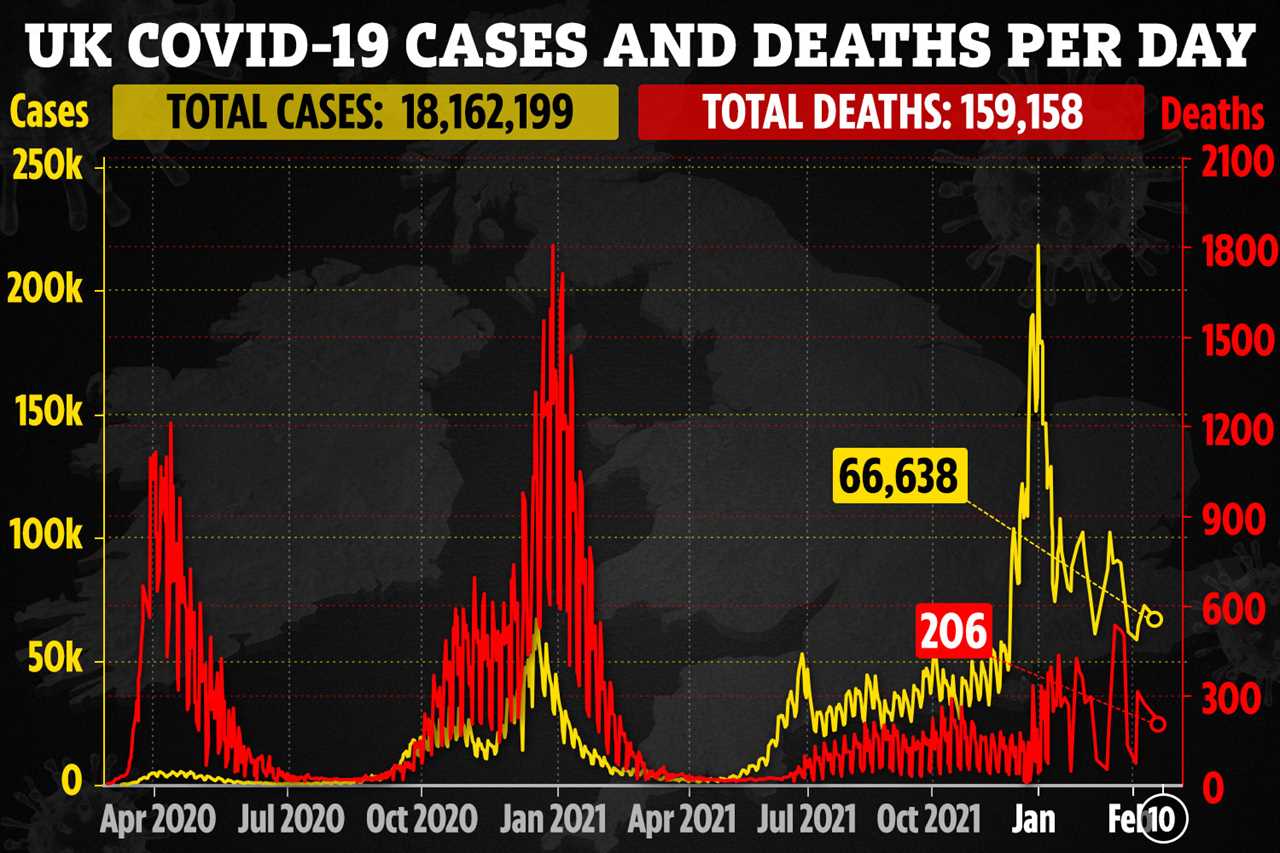BRITS are suffering with all sorts of symptoms thanks to Omicron.
People have reported a wide range of ailments, such as runny noses, sneezing and sore throats.

But a new one has recently cropped up in the most commonly logged symptoms by Zoe Symptom Study app users.
This study has been keeping track of how most Brits are feeling throughout the pandemic.
Everyday millions enter how they are feeling – with or without Covid – and add in any symptoms if they have tested positive.
This week lower back pain has been added to the top 20 list.
It had been earmarked as an early warning sign of the variant back in December, but hadn’t appeared in the official Zoe symptoms until now.
Omicron is a largely mild and cold-like illness for most people – especially the vaccinated.
To bounce back quickly and not suffer too much while isolating at home, it’s vital to have the jabs.
Lower back pain has been reported by 20 per cent of Covid patients in the last week.
Doctors in South Africa warned lower back pain was a sign of Omicron when it first started spreading in early December.
Professor Tim Spector, behind the leading study, said last week: “Because of your reports, we added in low back pain as an option and it’s coming in quite frequently.”
He explained because it’s “early days”, the team at King’s College London hadn’t added lower back pain into their full list of Covid symptoms.
But this week, as so many users reported the symptom, it made it onto the most commonly logged signs of Omicron.
The top five are still a runny nose (74 per cent), headache (68 per cent), sore throat (65 per cent), fatigue (64 per cent) and sneezing (60 per cent).
The NHS still lists a new persistent cough, a loss of taste and smell and a high temperature as the key signs of Covid.







